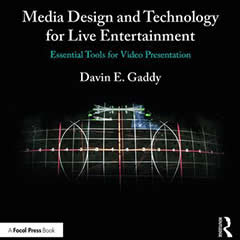The term Raked Stage refers to a stage that is set at angle. Originally raked stages were built as a means for audience members to see performers better. Because of Engineering limitations, early European theaters had flat or level audience seating areas which made it difficult for audiences to see action happening towards the back of the playing area. The solution was to raise the area that was furthest away from the audience, making it easier to see people who were further away. This lead to the term "upstaging" by which one actor would take focus from another actor by moving further "up" the rake and making himself more visible. Now days "upstaging" typically refers to the practice of crossing down stage of another actor and blocking them from the view of the audience. Raked stage reached the height of their popularity during the Italian Renaissance, when the sloping floor added to the faux dimensional effect of the painterly forced perspective.
With the advent of Raised seating technologies that are prevalent in modern theatres the practice of angling the stage floor itself fell out of use. Although many scenic designers still use the process of "raking" the stage as a way to convey a certain feeling to a setting, emphasize a particular area of the set, or in some cases, to overcome design limitations of the theatre.
It should be noted that Actors' Equity Association has many regulations about the use of raked stages.
From the PDF Actors EA Rules :
With the advent of Raised seating technologies that are prevalent in modern theatres the practice of angling the stage floor itself fell out of use. Although many scenic designers still use the process of "raking" the stage as a way to convey a certain feeling to a setting, emphasize a particular area of the set, or in some cases, to overcome design limitations of the theatre.
It should be noted that Actors' Equity Association has many regulations about the use of raked stages.
From the PDF Actors EA Rules :
Any use of a rake must be cleared via the local AEA office prior to use in any production utilizing AEA actors. This is for the safety and health of the actors involved in the production as long term use of angles staging has been linked to ankle, knee, and back injuries in many actors. In some cases a special coach may be required by AEA to teach the actors how to safely work on a raked stage. Generally a pitch no greater than 1:12 should be considered if actors are to move with any sense of naturalness.
This page has been seen 12,233 times.
-
-
Created by on
-
- Contributors:







